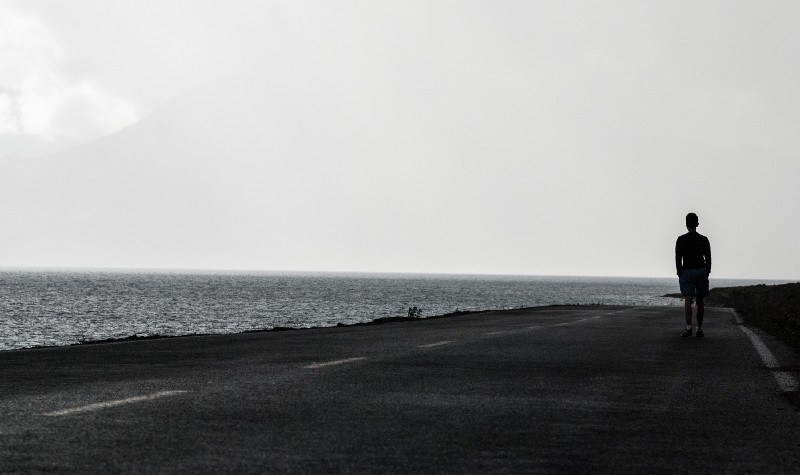There are two concepts that fascinate me which are widely taken for granted as fixtures of life — attending school and the midlife crisis. Now, the midlife crisis is a well-discussed and hotly debated phenomenon but I will use wikipedia’s definition for the purposes of this conversation:
A midlife crisis is a transition of identity and self-confidence that can occur in middle aged individuals. It is a psychological and behavioral observation that commonly occurs with individuals between the ages 45–64. … Its observations differ in a diverse manner for each individual. While some individuals may experience feelings of depression, remorse, and anxiety, others may experience feelings such as the desire to achieve youthfulness or make drastic changes to their current lifestyle or atmosphere.
As for attending school, it was only in the century before last that public education entered the picture. Right now we are living in a time of rapid technological development and where curriculum innovation regularly appears in the news. STEM & STEAM Schools are models that are gaining in popularity, for example, as we start to shift our understanding of how we need to prepare today’s youth for tomorrow’s future. We are seeing more individualized approaches, more autonomy, and more time in nature. Alternatives to public education such as home learning are also shedding outdated stereotypes and attracting families of all kinds. We were one of those families until about 2 years ago. It is from my decade as a homeschooling parent that I began to wonder if our current education system had something to do with this idea of the midlife crisis.
The special thing about learning at home was that my children were able to freely follow their curiosity and their passions, which is an opportunity that has long been lacking in the public system — a system that is suffering more than ever. While I know that most public school teachers are passionate about education and are in it to help their students grow and thrive, their working conditions present a significant obstacle. Class sizes have been on the rise, budgets continue to be cut, and the demands of a diversity of learning styles while needing to keep up with reportable outcomes are just some of the challenges teachers face. (In fact, I wish more people realized how extraordinary it is when teachers are able to create amazing programming for their students from what they are given!) The strain on the public system and my own love of education led us first to learn at home, and then to join an independent STEAM school where our most salient values were still reflected. It has always been true that what I want most is for my kids to make it to adulthood with their curiosity intact. On that list I also include their intrinsic motivation to learn, knowing how to learn, and having a really solid grasp of who they are.

Who they are.
This is where my thoughts on the midlife crisis start to kick in. I saw my children learning, growing, exploring and standing strong in their self-awareness and began to understand the power of having the time and the space to know ourselves in that way right from the start. I began to wonder whether the well-worn life checklist we’re all encouraged to follow was setting us up to fall apart when we enter middle-age.
From around 3 to 5 years old — when most of us enter a formal education setting— the structure of our days change. We need to start ticking other people’s boxes on other people’s timelines. We are told when to learn what, how to show we know it, and we repeat this pattern for weeks, months and years. The normalized life script tells us that just as we’re finishing up our post-secondary studies we’re ready to meet someone, settle down and have a couple of kids while being expected to launch some kind of career. We keep at this pace, raising children, working on life and relationships and trying to get it all done for a couple of decades. Then suddenly our kids reach an age of independence that offers us the first real opening in this heavily-scripted checklist, and in that moment it hits us: WHO AM I? Cue the sudden urge for freedom to explore, investment in self-discovery and the pursuit of our passions. Or, anxiety, grief and sadness over time lost.

Of course there are many ways people can live their lives and certainly many people do make decisions outside of this script, but this path in particular is the standard template; the “normal” life.
It’s exciting to consider that the changes that are slowly making their way into education systems around the world are allowing young people to connect with and explore themselves in a way that could significantly change their experience down the road. Innovative approaches to education are a necessary addition to a rapidly-changing world, but I believe these approaches also include real benefits for the individual on a personal level.
Imagine a life lived where connecting with your passions and maintaining your curiosity and sense of exploration were given a central focus from day 1 rather than being allocated to recreational time. Imagine the self-confidence that would come from being a collaborator in your learning environment and trusting your inner voice; for all of this to be true throughout your formative years and beyond. How would we be wired and how would that impact our base relationship with our self in mid-life? How would it affect our physical and mental health if we never lost touch with our own needs?
The quest for these qualities in our lives seems to be a focus in the adult world and rightly so — we should always be growing and discovering ourselves. I just don’t believe it should start so late in life.
Originally published at medium.com


